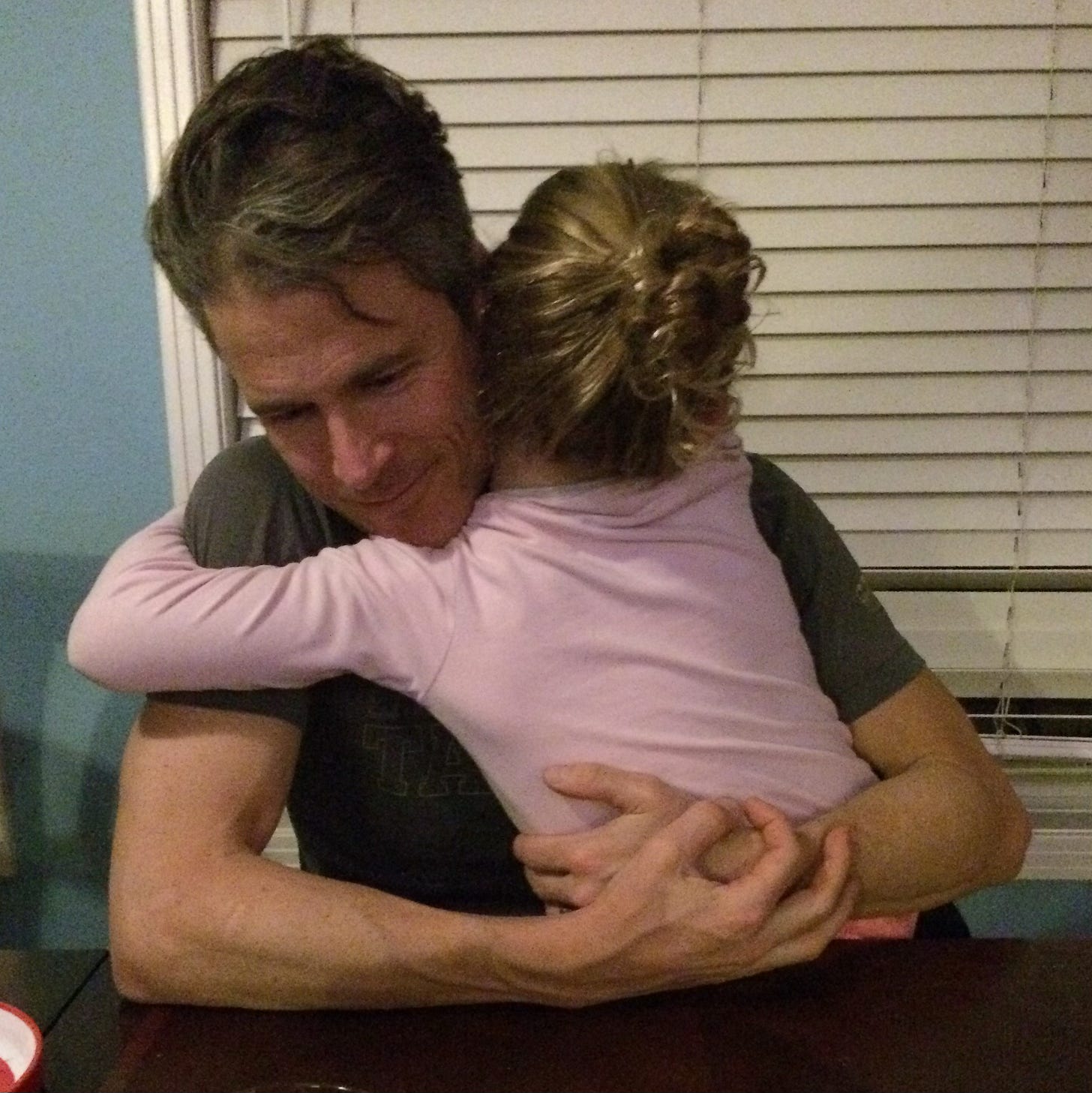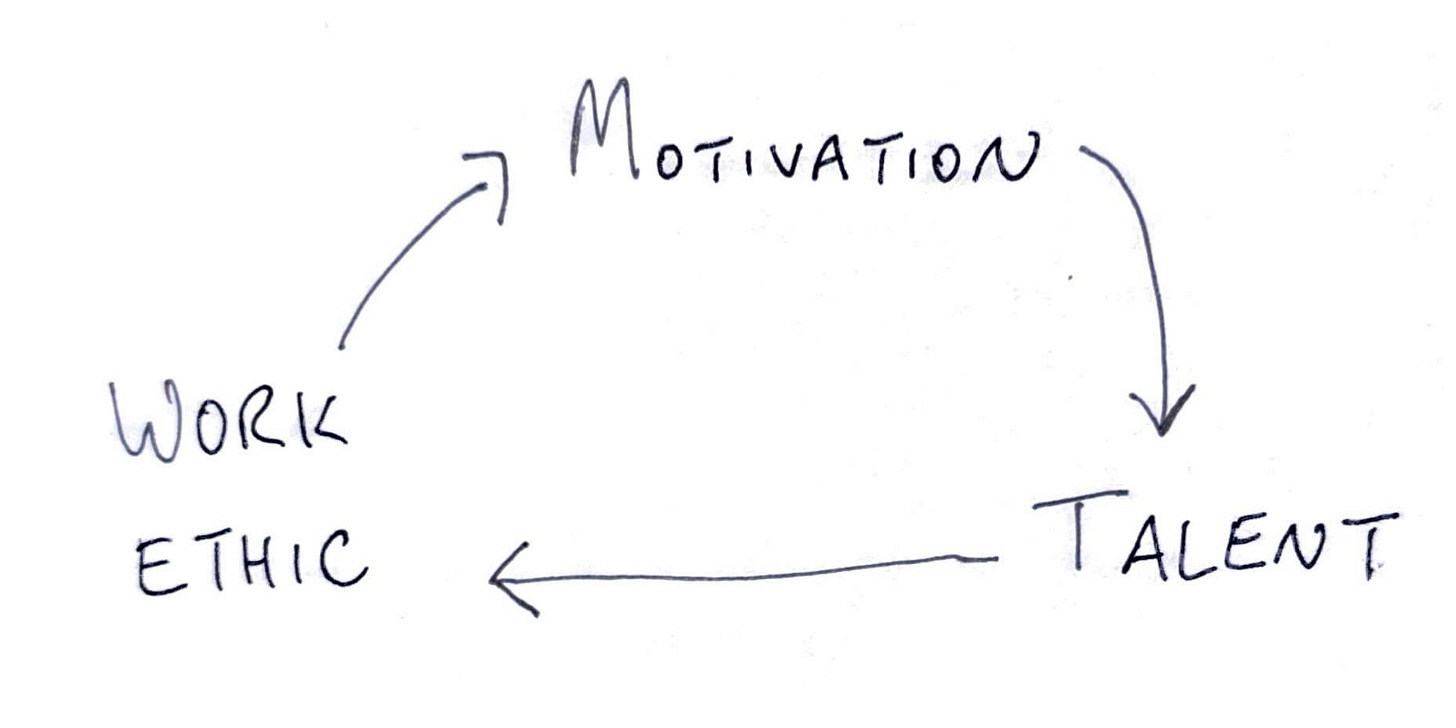This is part five of a series of briefing notes for an upcoming family meeting. Here are the links to Part One, Part Two, Part Three and Part Four.
Last week, we discussed ideas for considering environment, specifically close peers. There’s a lot we can do to influence our Personal Environment.
When it comes to others, especially kids, we have less influence => especially, once our kids start full-time school.
A question:
What do we want to encourage and how can we positively influence better outcomes?
Supporting Internal Motivation
Start with the end in mind.
From Part One:
All members should be providers for themselves and their dependents as best they can in the lives they choose to lead.
The lives our children, and family members, choose to lead.
It’s not up to Mom & Dad to choose.
All They Do Is Sit Around
Sometimes when I look up from my screens, I wish my kids were more internally motivated to do stuff…
«wink, wink»
The reality…
Screens and distractions will be competing for our attention for the rest of our lives.
The hype we read about kids and screens is projection from our own habits.
Our job is to come up with habits and strategies where we are motivated to solve interesting problems.
Interesting to the individual, not necessarily the parents & elders.
Recent problems my kids have been working on:
Faster swim cuts.
Double back flips (I couldn’t watch).
Making an elite team (link is to my article on desire).
Baking cakes.
Making money (to fund frivolous purchases).
These problems are not interesting to me.
Often, I find myself wanting to step in, keep the kid safe, reduce the clean up or do things more efficiently.
I do a good job of NOT acting on these feelings because I remember the goal…
…skills for the lives they choose to lead.
What are the real skills?
A belief we can solve interesting problems.
A strong connection between work, time and outcome.
Enjoyment doing ANYTHING other than staring at a screen.
Building these skills requires a habit of not-response from the parents and elders. Do you remember my series on this habit? See Part One HERE and Part Two HERE.
Use the energy from a desire to change others and apply it to shared experiences with the person you wish to influence.
Look for opportunities to spend time with your spouse and kids in your best environment.
Who sees my best?
Applying Currency
As family leaders, we have different currencies available to us. From my article on incentives:
The most valuable thing I give is time.
Time
Recognition
Attention
Demonstration of Mastery
Money
I’ve found kids, and adults, gravitate towards things they are good at.
Early positive experiences.
Exposure to a wide range of options.
Notice where people are willing to make an effort.
Talented kids, and people, need to be careful that they don’t reject anything they are not quickly good at.1
Each time one of my kids tells me “I wish I didn’t have to try so hard to succeed.” it warms my heart. THAT is a lesson that leads to better outcomes.
The question to ask at this stage:
As a family, where do we want to apply our currency?
When doing this, remember time is more valued2 than money.
Time sharing experiences.
Undivided attention while the family member demonstrates mastery.
For example, if you’re setting a family standard of “we all get Straight As” then this is demotivating to a kid who finds themselves with a C. I had to pivot to just-a-little better.
As a young man, I created a habit of throwing “money and other people’s time” at everything outside of my goals. My habit served me well in business and athletics.
In relationships, my habit held me back and led to a divorce.
One of the gifts of children is they get us thinking about “family” rather than “self.” If you feel that shift at home, then bring it into all of your relationships. Take an interest in the motivations of others.






